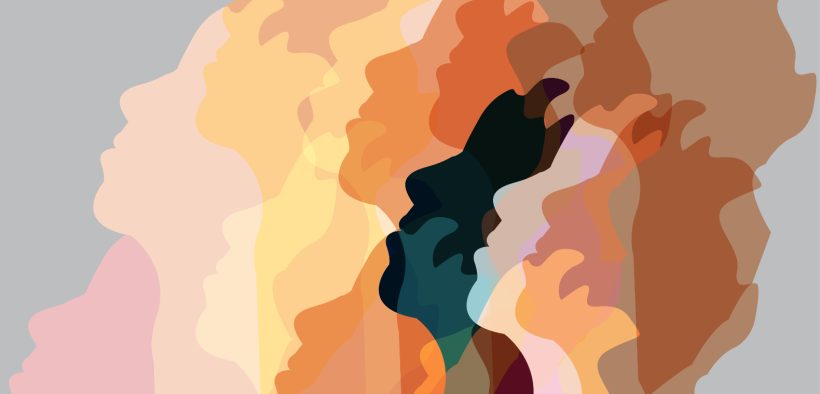During a keynote address at the 2022 Teaching Professor Conference, I spoke about challenges that exist in higher education, specifically students and instructors who do not have the freedom to bring their authentic selves to their learning or teaching environments. In such scenarios, students might not engage in educational experiences that help them realize their full potential, and instructors might not have the freedom to facilitate impactful instruction. I discussed how we can address these issues in part through inclusive teaching, which can be a pathway toward liberation in higher education. This piece further expounds upon these ideas.
Designing Liberatory Classrooms: The Freedom to Learn, Teach, and Inspire

Related Articles
I have two loves: teaching and learning. Although I love them for different reasons, I’ve been passionate about...
Active learning is a mostly meaningless educational buzzword. It’s a feel-good, intuitively popular term that indicates concern for...
Perhaps the earliest introduction a student has with a course is the syllabus as it’s generally the first...
Generative AI allows instructors to create interactive, self-directed review activities for their courses. The beauty of these activities...
I’ve often felt that a teacher’s life is suspended, Janus-like, between past experiences and future hopes; it’s only...
I teach first-year writing at a small liberal arts college, and on the first day of class, I...
Proponents of rubrics champion them as a means of ensuring consistency in grading, not only between students within...








